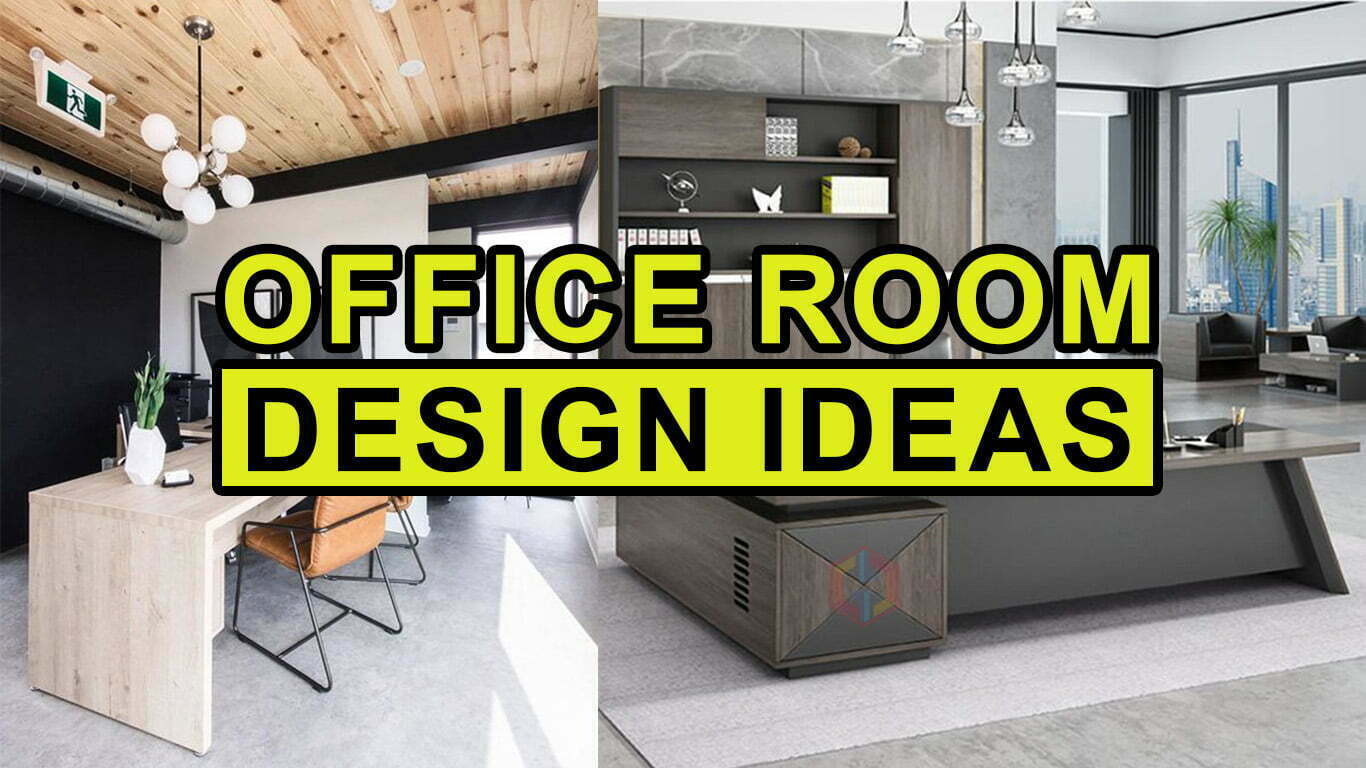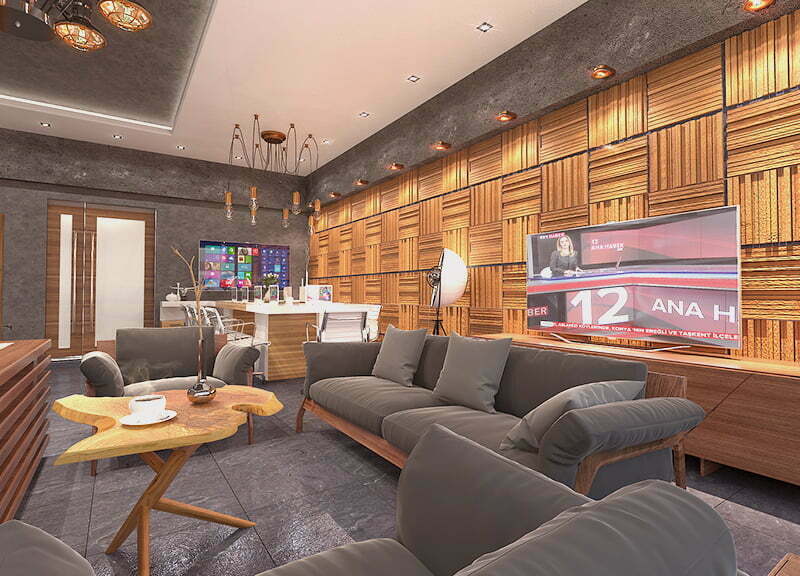Boss Office Design Ideas:

The position of the head should be one of comfort and status because it serves as the company’s calling card. Although the decoration of such spaces is frequently done in a corporate style, alternative approaches are perhaps more likely to appeal to the managers. The interior design of the boss’s office, regardless of how it was created, must simply convey information about the nature of the business’s activity, the manager’s professional traits, and his personal design preferences. Naturally, the circumstances in the mayor’s office and those of the editor-in-chief of the glitzy edition will be very different. Bright personality of the owner cannot change the interior features of the property. Boss office design ideas

Modern bosses are more at ease functioning in a completely different setting. Moving workplaces to old industrial regions’ open spaces is currently in style.. They are drawn to open lofts because of their unique interior design, crumbling brick and concrete walls, beam ceilings, and industrial lighting. The boss and the workers are housed in the same area. The cabinet for the latter is, at best, assigned to a separate space that is protected by glass walls and insulated blinds. Most frequently, light partitions are used to simply divide up all of the employees’ workspaces.
Table of Contents
1. Many Offices Aesthetic Types:
Never undervalue the office’s furnishings in terms of their appearance or quality. You may experience some challenges when creating your workplace because you must consider both the style of the design and the organization of the area.

Design conveys information about the business as a whole, thus this is no trivial. There are various types of office settings, and each one has advantages and disadvantages. You can pick the ideal one for you with the aid of this article.

The primary elements that every office should have been a light color scheme, with the addition of fashionable hues. The advantages of daylight include its practicality, usefulness, and excellent illumination.
1.1. Classic Office Design:

The harshness and proportionality of this Style are different. When it’s important to show off the strength and stability of the business, the classic style is typically employed in the design of executive offices, conference rooms, and hallways. Natural wood and leather are the primary components used in the production of office furniture in the classical design. Natural stone, metal, and natural silk are frequently found inside. https://www.arcodesk.com/portfolio/
1.2. Techno-Art Design:

The most daring and contemporary businesses may afford this style. Accents are placed on vivid, acidic hues, crooked lines, and unconventional wall design. There are plain brick walls or metal decorations. The typical rectangular office space is too small and must be stretched or spherical. including a variety of structural components, especially heavier ones like columns, mansards, and multi-level ceilings. Like windows, doors can have odd shapes.
1.3. Loft Design:

Loft is a large office area that is not divided by walls or other barriers. High ceilings and big windows are the design’s standout elements. The loft design generally gives the appearance of unfinished space.
1.4. Pop-Art Design:

The unexpectedness and originality of the Pop-art movement astounds. Here, the typical goods take on unique shapes, a fresh color, and extravagant design. Pop art-inspired furniture is made of a mix of plastic, metal, and glass to highlight the openness and creative environment of the workplace.
1.5. Eco-friendly Office Design:

Although less obviously linked to the national color, ecological style carries on the legacy of country style. The eco-style is uncomplicated and organic. Natural materials, subdued hues, and little decorative accents. Ecologically conscious office furniture appears simple and cozy.
1.6. Hi-Tech Design:

The primary characteristics of high-tech style are contemporary technologies, functionality, and inventiveness. There are no ornamental components at all. However, this is entirely offset by the way light interacts with polished surfaces like glass, chrome, and metal. Lighting on the ceiling and additionally in employees’ workspaces play a major function. https://www.arcodesk.com/service/interior-design/





